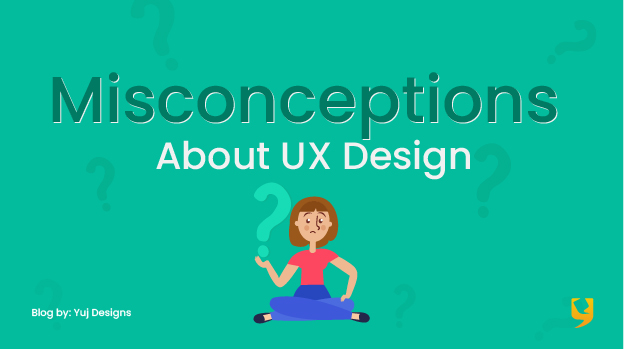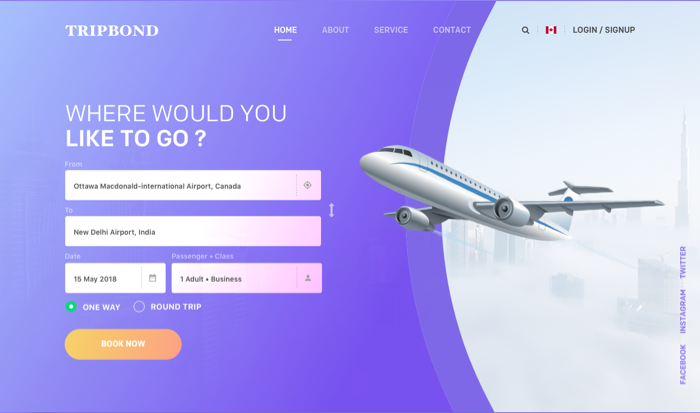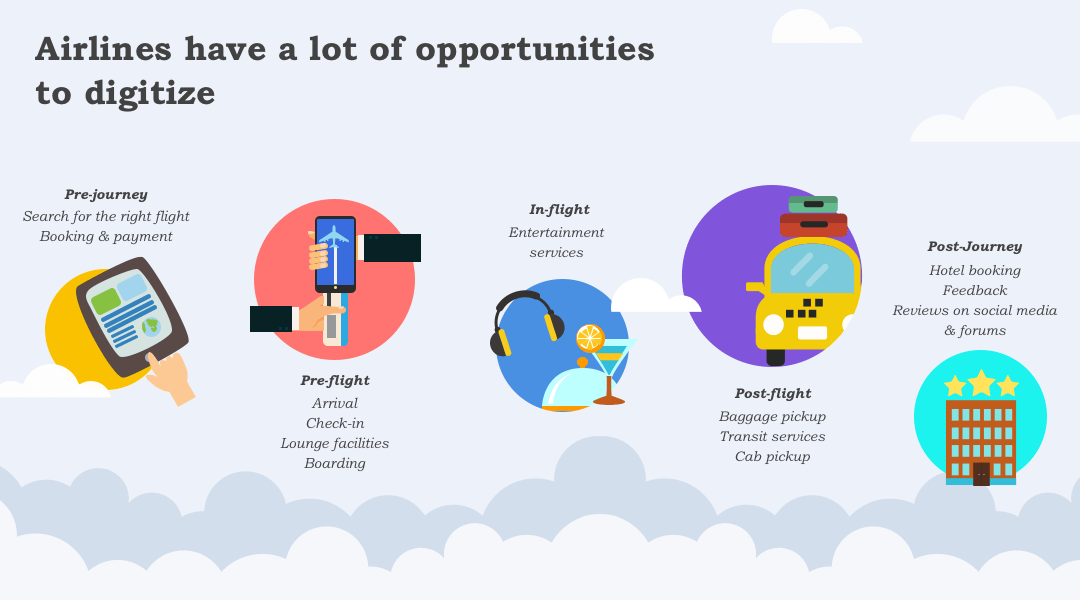
It is an exciting time for user experience design in India and world-wide. Yet, even today, we believe that UX design is quite underrated. UX mature companies are still a rarity. And sadly many of them become aware of the power UX design only when they witness and suffer the after effects of bad UX or the lack of it. To succeed in business, it is crucial to have the right attitude more than the capabilities. But, it is even more important to make the right decisions rather than clouding your judgment with UX design myths and user experience myths.
Whenever we interact with our clients we do our best to share our knowledge in the domain to better inform their future decisions. Throughout our interactions with clients, industry counterparts, and the young minds of design, we noticed a few misconceptions and UX myths that have been constantly brewing. We take advantage of this platform to clear the air and establish certain UX facts and best design practices.
UI – UX are the same
This must be one of the most common UX myths. Some think UI and UX are just overkill terms invented for no reason. Even if a smart person were to search for answers online, the results would simply add on to his/ her confusion as there is a lot of content available on internet as of today quoting UI-UX in one breath. UI and UX are essentially different concepts. UI – is user interface design, UX – is user experience design. UI is about the experience of the digital product’s interface. Whereas, UX isn’t restricted to the digital screens. It is the holistic design of a user’s experience. Here’s an example that may clear some air for you.

A possible output of UI Design.
UX Design is required through pre, during and post phases of interaction with the users.
UX is optional. One can design a website without UX
It is human nature to judge someone or something based on first impressions. So, the clients will judge a company’s product by the look of it. As per the science of cognitive psychology aesthetically pleasing designs are often perceived as being easier to use. All the more crucial they will judge it by the product’s compatibility and satisfaction based on ease of use and the seamless experience. All of this can be achieved with a scientific and strategic approach of UX. The return on investment is huge. Good UX appeals to and persuades the clients to take action.
UX design is a non-creative act
UX design is often seen as a non-creative act. Design, in general, isn’t about making things look good. Sure, aesthetics play an important part. Though, it is also about making the product more functional, usable and more acceptable to the target audience, its users. For instance, a chair that you cannot sit on is not a chair and it won’t sell! Designing a product means providing solutions to create an integrated and seamless experience for the users. UX design involves research, psychology, logic, aesthetics, technical knowledge and a lot more skills. That makes UX designers the problem solvers, design thinkers and very much actual designers.
UX design is expensive. It’s just a step. Let’s skip!
Businesses often don’t realize that the cost they end up paying because of lack of UX is much more than the actual UX cost. UX design is a holistic design approach and not a one-time effort. It is a continuously evolving iterative process. Neither can it be an afterthought to business. UX design is about meeting business goals by fulfilling user needs. As success of a business is majorly dependant on the scale of customer satisfaction and experience, it is evident that you cannot turn away from UX design.
Amplify your brand presence with the best UX design studio that truly aligns your needs with those of your consumers! Get in touch with us at YUJ Designs, today!







